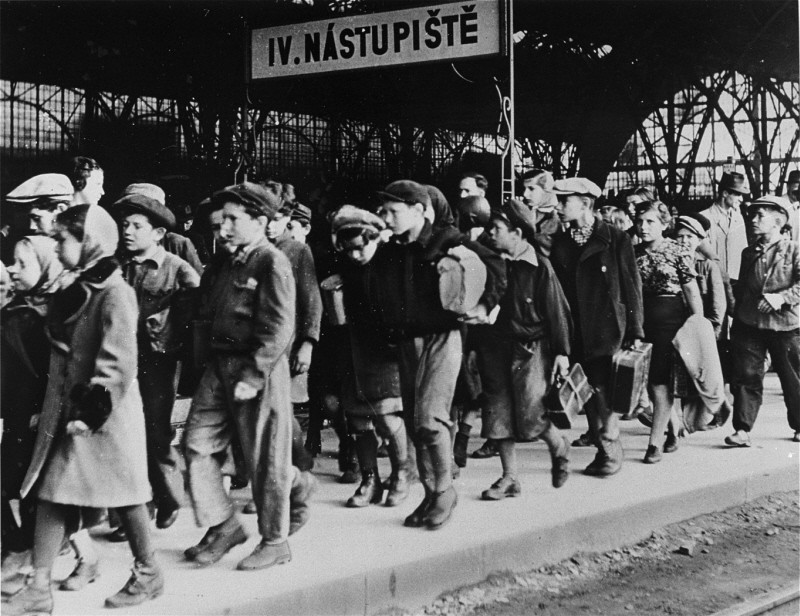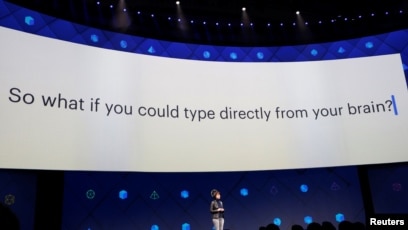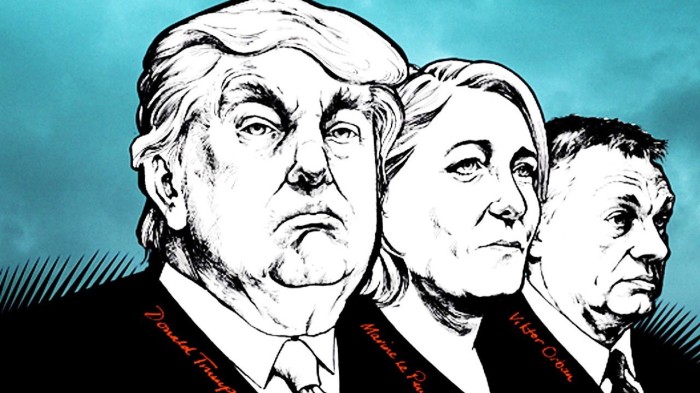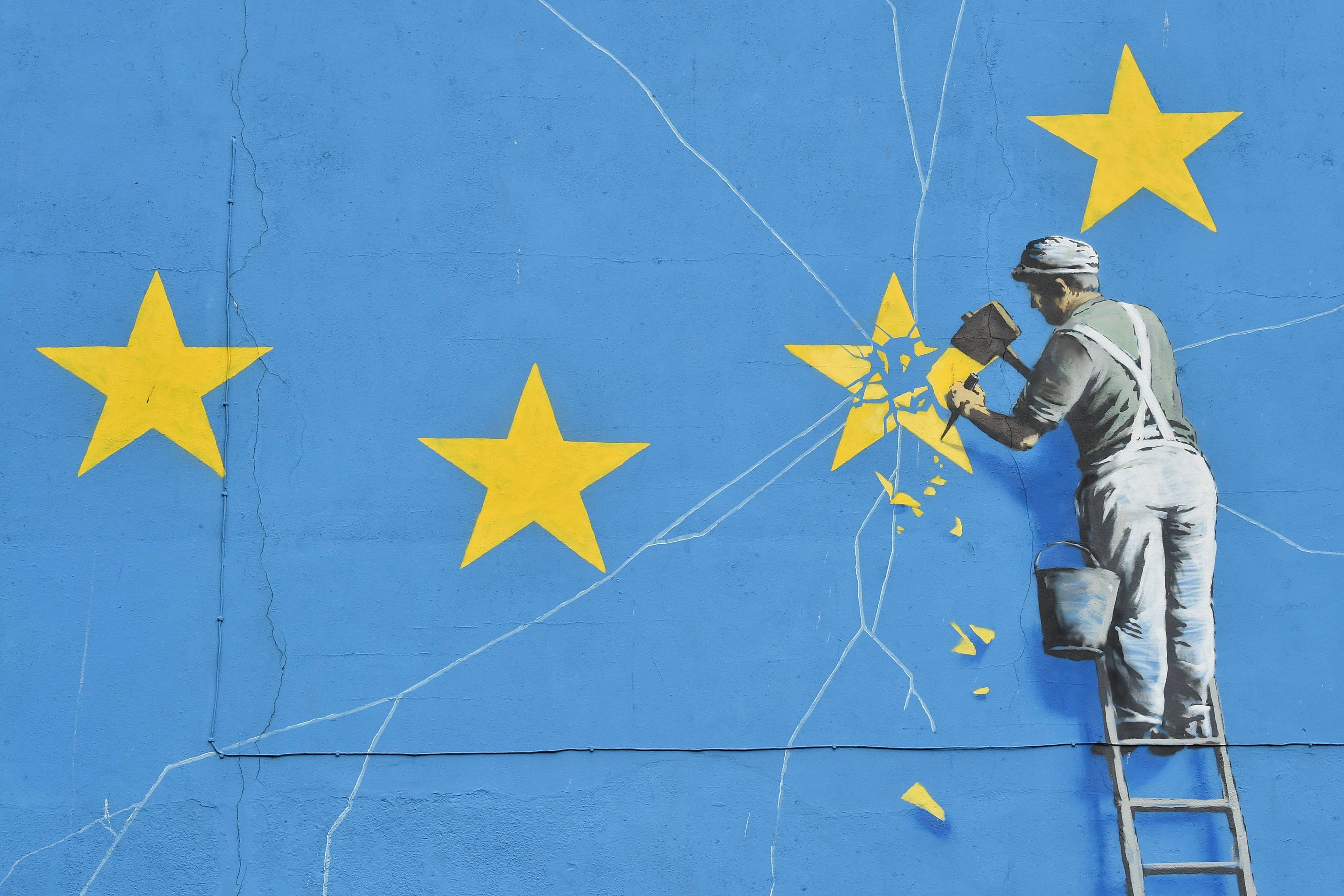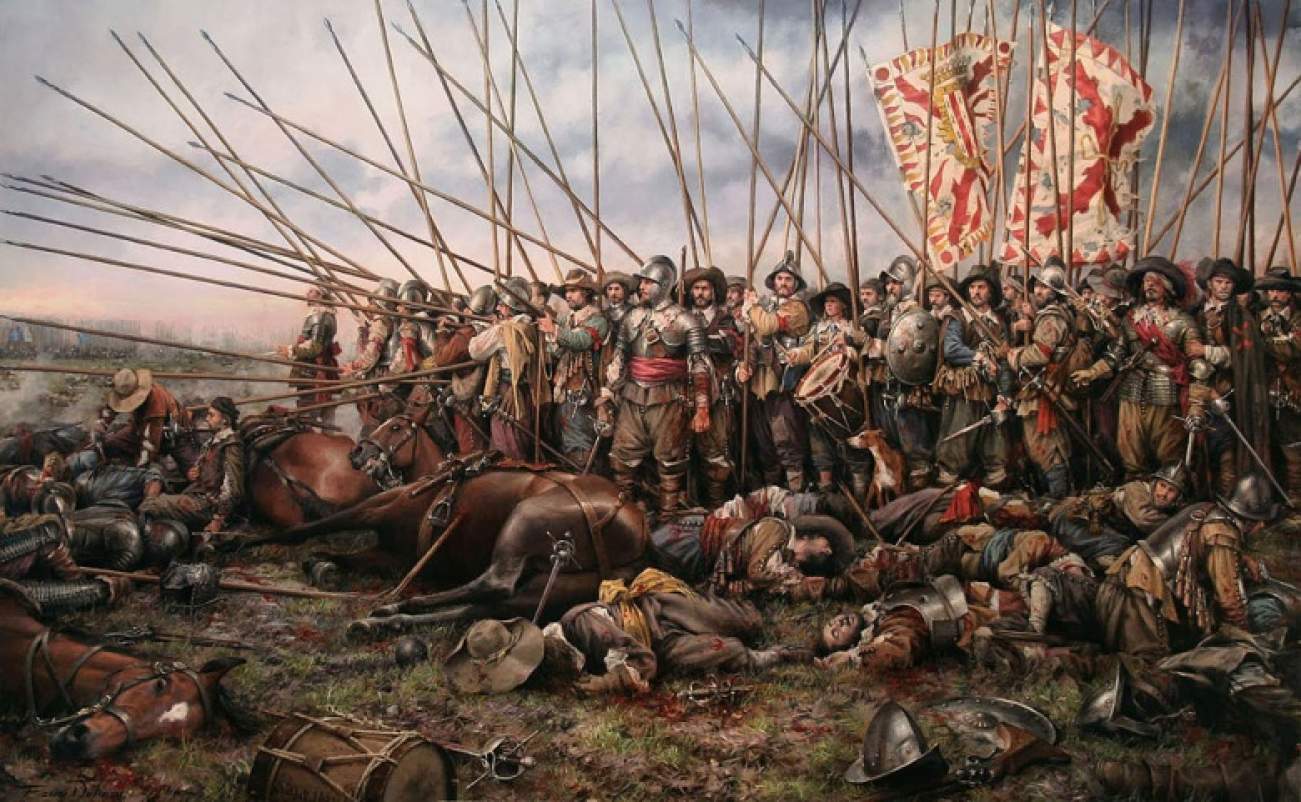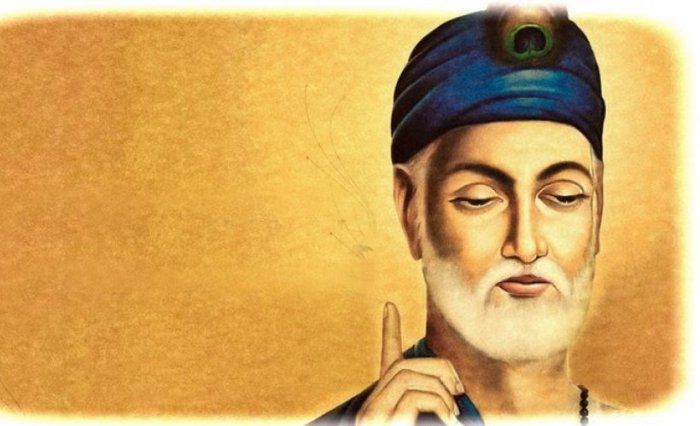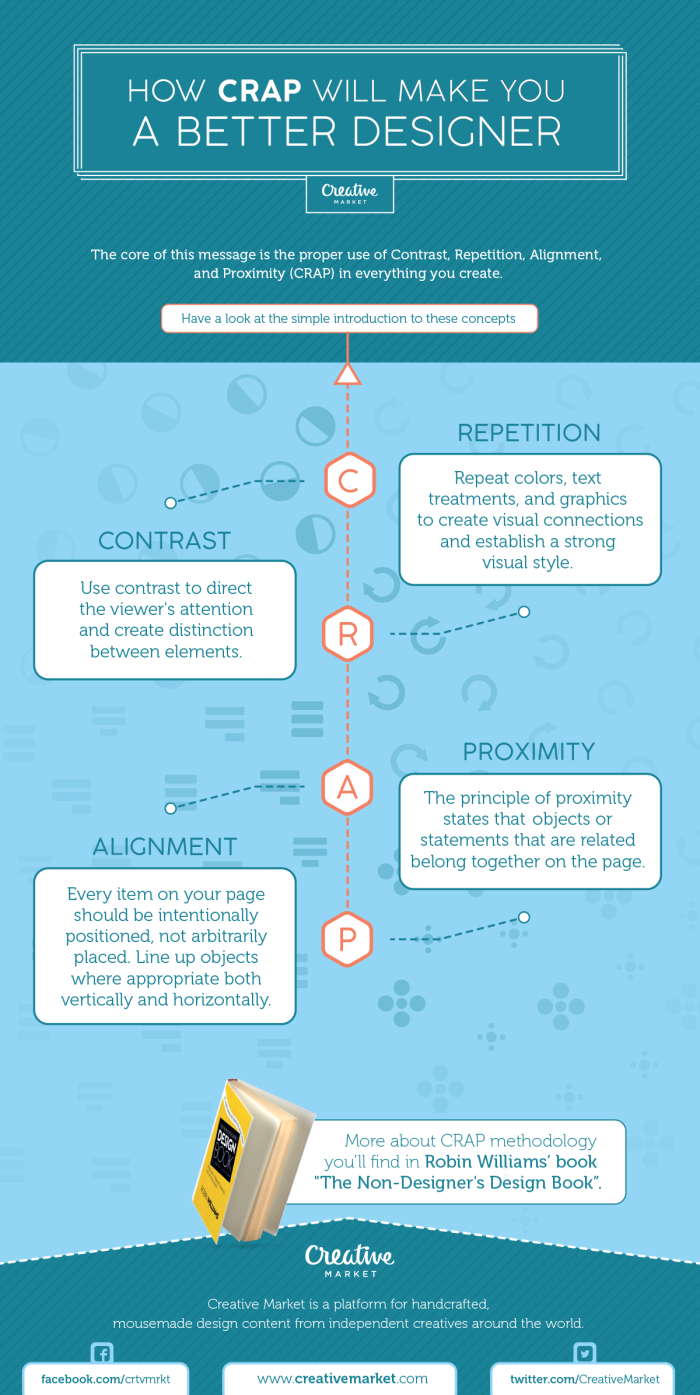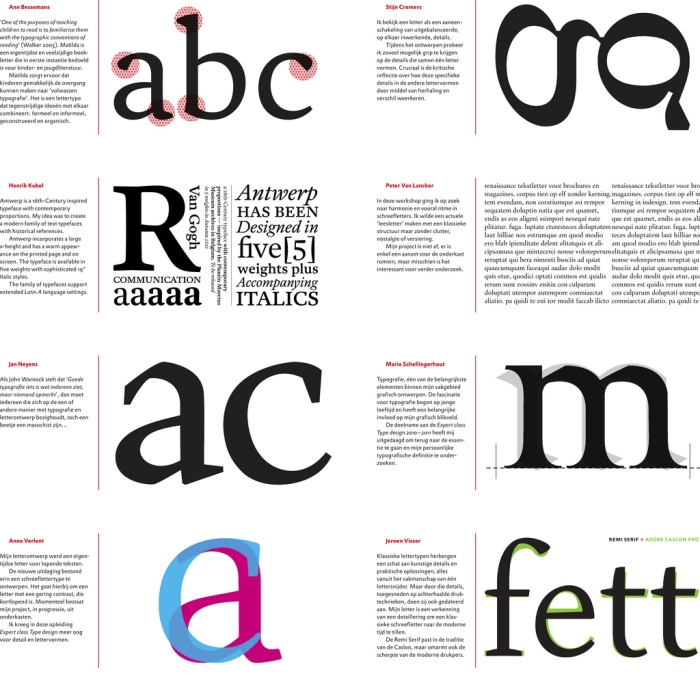Disclaimer: This post is part of a series of essays I wrote at the Young India Fellowship. This particular essay was written as a transcript as part of the course titled Critical Writing: Mind, Society, and Behavior.

About two hundred and fifty kilometers to the south of Jaipur, the capital of Rajasthan, lies a town that has captured the imagination of the Indian middle class like no other. In 1985, an engineer by the name of Vinod Kumar Bansal, then working at J.K. Synthetics Ltd. set up a small coaching institute by the name of Bansal Classes to train high school students to crack the extremely competitive and highly prestigious Joint Entrance Examination, or JEE, the condicio sine qua non of obtaining admission into undergraduate programmes at the Indian Institutes of Technology.
In less than three decades, more than forty coaching institutes sprung up in the town and made it the de facto coaching hub of the country. Currently, more than one hundred and fifty thousand outstation students reside in Kota for an average duration of 2-3 years with the hope of cracking some of the most difficult examinations on the planet: the JEE, the NEET-UG, and AIPMT. Kota alumni are a considerable fraction of the student body at various premier institutes in the country and the toppers of the aforementioned examinations are almost always students who have spent at least a couple of years in this town.

It wouldn’t be a hyperbole to suggest that Kota has an almost mythical status amongst parents and students aspiring to study at top institutes. It is viewed as a panacea that it will change the fortunes of the financially struggling families and provide them with social prestige like no other. It has also managed to carve a niche for itself in popular culture, featuring prominently in blockbuster novels such as Chetan Bhagat’s Revolution 2020 and web series’ such as The Viral Fever’s Kota Factory.
Yet behind its ostentatious image lies a dirty, open secret. Apart from being the coaching capital of India, Kota also has the dubious distinction of being the suicide capital of the country. In the year 2014 alone, there were 45 cases recorded by the National Crime Records Bureau; an astronomically high figure when considered in tandem with the rest of the nation.
This essay is an exploration of factors (both sociological and psychological) that play a role in the deteriorating mental health and high suicide rates among students at Kota. Subsequently, it is also an investigation into what drives individuals into making decisions that are abhorrently irrational. This essay is divided into three sections. The first examines the reasoning behind financially struggling parents sending children as young as thirteen to Kota despite its high suicide rates, low success rates, and astronomically high fees. The second delves into the circumstances that drive students to commit suicide. Finally, the third section looks into the phenomena that contribute to synthesizing a mythical image of institutes such as IITs and AIIMs and how coaching institutes use this to continually exploit parents and students, both mentally and financially.
An Extremely Poor Bet

In a short documentary by The Quint, we see a young boy by the name of Surjeet speaking about his aspirations to crack the AIPMT. His family had to take out a loan to fund his studies and put his mother’s jewelry as collateral. When the reporter asks him what his plan is if he fails to get in, he visibly breaks down; he has no answer.
Ranjan Kumar is a government employee who has enrolled his son at the Allen coaching institute at Kota. His son is only 13. And by the time he completes his studies, Ranjan is expected to spend a sum which is more than ten times his family’s annual income.
It isn’t uncommon in Kota to find students whose families have risked their entire financial wellbeing to place a bet on them that they would make it to a premier medical or engineering institute and turn the fortunes of their families around.
However, the fact remains that despite the hullabaloo created by Kota’s coaching institutes about their success stories and their ability to send ‘even a farmer’s son to an IIT’, the success rate at Kota is less than 1%. In other words, the gamble that these families make are extremely irrational bordering on the obscene. So what psychological factors lead to people making these decisions?

The first has to do with risk illiteracy and the inability of people to differentiate between relative and absolute risk. In a TEDx Talk at Zurich, the psychologist Gerd Gigerenzer spoke about an advertisement that stated that taking a third generation birth control pill increased the chances of thrombosis by 100% (in comparison to a second generation pill). In absolute terms, however, the risk had increased from 1 in 7000 to 2 in 7000. Stating the facts in relative terms caused paranoia among women and lead to over 13,000 more abortions in Europe. Concurrently, there was also a huge spike in teenage pregnancies on account of non-usage of these pills.
There are strong parallels that can be drawn between this story and that of Kota’s ability to make students succeed. It is a common adage that Kota increases your chances of getting into the IITs and AIIMS by ten times. While in relative terms, it may be true that Kota students experience higher success rates than the rest of the nation, the fact remains that the absolute success rate is still abysmally low. Risk illiterate parents simply cannot get their heads around this fact, creating a huge gap between expectations and reality.
The second factor has to do with availability bias, a judgmental heuristic in which a person evaluates the frequency of classes or the probability of events by its availability. In other words, people tend to place more weight on events that are readily imaginable or available.

The coaching institutes in Kota do an exceptional job in marketing themselves as the hub of admissions success. The entire town of Kota is draped with billboards and standees displaying the success stories of students who came to this town to make their educational fortune. Parents, however, are not exposed to the majority of students that end up not succeeding. The availability of only success stories leads them to falsely associate a monumental correlation between attending a particular coaching class and succeeding in the entrance exams when, in reality, this correlation is much lower.
In tandem, there is also confirmation bias at play which is, as annotated in psychological literature, the seeking or interpreting of evidence in ways that are partial to existing beliefs, expectations or a hypothesis in hand.
Confirmation bias makes parents only pay attention to those students that attended Kota’s coaching institutes and passed out with flying colors. The majority that did not qualify are simply ignored. Also, as seen in multiple documentaries and news reports (such as the ones cited earlier), parents have a tendency to think that their child is ‘different’ and ‘gifted’. A decent result in the significantly easier class 10 examinations leads them to believe that their child is destined for great things.

Concurrently, this is also a reason why parents often don’t seem too worried about the rising suicide rates in Kota. They strongly showcase an example of the fault attribution error, attributing suicides to the weak mental state of the victims rather than the circumstances under which they are forced to function.
Killer Factory
In 2016, 17-year-old Kriti Tripathi received her JEE Main results. She had secured 144 marks out of a possible 360 and had comfortably cleared the cutoff of a 100 marks to be eligible to appear for the JEE Advanced. However, it was still not good enough. And before she could appear for the exam she had been preparing for, for the last couple of years, she chose to end her life by jumping off a five-story building. She left behind a five-page suicide note that captured national attention for the kind of insight it gave into the mental torture faced by an average Kota student.
In her note, Kriti blamed her parents for making her bear gigantic expectations that she realized she could probably never live up to. The previous sections of this essay have established that parents, on account of numerous biases and cognitive errors, tend to place erroneous bets. And it is the children that have to bear the brunt of the expectations. There have been numerous articles and documentaries this decade that have tried to cover the case of Kota suicides. And they have all unanimously arrived at the same conclusion: students are simply not able to live up to the expectations that parents have of them.

This is also a common explanation given by most coaching institutes who are desperately trying to wash their hands off any responsibility. Another reason cited has to do with the students being teenagers and their minds wavering off towards ‘unhealthy’ activities such as watching movies, playing video games and having a romance. Most coaching institutes, including Bansal and Allen, have large posters in their classrooms and hostels warning students of going down the ‘wrong path’ and facing inevitable destruction.
However, the problem is deeper than this and this section of the essay will argue that there are systems in Kota at play that are inherently anxiety-inducing and a catalyst for depression.
A day after Martin Luther King Jr., a pioneer of the American Civil Rights Movement, was assassinated, a third-grade student, intrigued by what he had seen in the news asked his teacher what ‘racial segregation’ meant. The teacher, Jane Elliot, decided to conduct an experiment to show her students just that. She told her students that blue-eyed children were inherently better than brown-eyed ones and starting meting out preferential treatment to them. They were given better lunch, more recess time, made to sit in the front row and were showered with more attention and appreciation. The brown-eyed children, on the other hand, had their privileges reduced to a bare minimum and were castigated for performing the slightest of mistakes.

Elliot noticed that the performance of the brown-eyed students dropped drastically whereas the opposite was observed for the blue-eyed. A few days later, Elliot came to class and stated that she was mistaken and that it was actually the brown-eyed children who were superior. Her treatment of the two groups was reversed. She also noticed that this time, the performance of the two groups was the vice versa.
While not among the more problematic lines of race or gender or caste, Kota’s coaching institutes have a strong system of segregation in place. Students are placed in classes from 1 to 8 depending on their performance in the tests. The ones in the first class are given access to significantly better hostels, better faculty, and additional resources to ensure their well-being. The creme de la creme are given flats and liberty to call any faculty 24×7.
On the other hand, the ones at the bottom are mostly ignored and only serve as a cash cow that can be used to fuel the few at the top. And knowing the results of Jane Elliott’s experiment, it is easy to see why students in the bottom half of classes tend to experience significant dips in self-esteem and academic performance.

In an experiment conducted in Great Britain involving consultants from a top tier management consulting firm, the researchers established that the subjects experienced status anxiety when they were made aware of their relative position in the company and promotion of an ‘elite identity’ was encouraged. Kota is guilty of this too. It constantly strives to ascribe a mythical status to students it believes are potential candidates for their next set of billboards.
Although the coaching classes promise a better class if performance improves, the truth of the matter is that mobility is extremely low. In that way, Kota personifies the evils one tends to attach with capitalism and its role in creating income inequality; the best students keep getting better but the worse off ones keep getting worse. This can have drastic effects on students leading them to take drastic steps. In The Quint documentary mentioned earlier, when students were asked reasons for why their peers were committing suicide, they pointed out this system as a major reason.
One of the biggest reforms that coaching institutes are strenuously trying to avoid is to instill a system of cashback. Although these institutes leave no stone unturned in boasting their success stories and success rates, they are extremely careful in not offering a guarantee. In other words, if you as a parent have spent tens of lakhs of rupees on your child and s/he still fails to get in, the money you’ve invested is lost forever. There is no mechanism to recuperate that investment no matter how soon you realize your folly.
A lot of students realize they’re not cut out to be a student at a premier institute. But the parents refuse to let them drop out on account of a sunk cost fallacy. Since they’ve already invested lakhs of rupees on their child, they believe that it is the child’s duty to try harder and in this belief, they end up investing lakhs of rupees more.
But again, as mentioned at the beginning of this section, it is the children that bear the brunt of this sunk cost. And they see absolutely no way out, except perhaps death. To put it concisely, it is the economically irrational decisions of parents combined with the segregation and elitism practices of the coaching institutes that work in tandem to amplify student depression and suicide.
Marketing Frauds and Geniuses
When Vinod Bansal started out, he had eight students who studied at the dining table of his house. In less than three decades, his practice of coaching students for entrance tests exploded into an industry worth a staggering 1500 crore rupees (or $214 million).

As stated in a prior section, coaching institutes have a tendency to fully ascribe blame on the parents for enrolling them into classes they are incapable of coping with. This section will argue that Kota’s coaching classes are guilty of practices that effectively ensnare and coax unassuming parents and students into making unwise judgments.
The outlier bias which the tendency to overweight the effect of outliers on correlations between two variables. In an experiment, using the difference in estimates for nearly identical scatterplots differentiated only by a single outlier, a Princeton researcher discovered that participants tended to overweight the effect of outliers on correlations and held a positivity outlier bias in which they were especially influenced by outliers that strengthened the correlation.

The coaching institutes tend to be acutely aware of this. Every year, the top ones tend to indulge in unethical and borderline illegal practices of poaching high performing students from a rival institution by paying them gargantuan sums of money, in order to be able to publish names and pictures in their success stories. Additionally, institutes every year participate in a race to produce an examination’s topper and a greater share of students in the top ten, top fifty and top one hundred ranks.
Probabilistically speaking, the odds of a student getting into an IIT or AIIMS given that he is attended a particular coaching class is not remarkably affected by the number of toppers the institute produces (or poaches). In fact, aspiring to be a topper in these highly competitive examinations, written by millions of students, is often impractical. But this doesn’t stop parents and students from ascribing supernatural correlations between success and attending these coaching institutes in the face of billboards oozing with the best of the best.
In a landmark paper by Joe Henrich and J.F Gill-White, the authors, developing on the Boyd and Richerson theory of Cultural Evolution introduced the term ‘prestige bias’; a phenomenon due to which individuals were more likely to imitate cultural models that they perceive as having more prestige.
India, a country with the largest youth population on the planet, has a severe shortage of quality higher institutions. There simply aren’t enough seats in colleges to cater to the nation’s bright minds. What this results in is obscene, deathly competition, quite literally. And in the face of such competition, it becomes easy to overestimate the value of the prize. Scarcity does not equate quality.
Kota’s coaching institutes have played a significant role in exploiting this and mythologizing the state of the IITs. I am a student of an IIT myself and my Kota peers always pointed out how disappointed they were with what an IIT actually was. They were promised dreamlike institutions with world-class facilities, incredible professors, obscenely high paying jobs upon graduation (and copious amounts of feminine attention). The reality is much tamer.

The contribution of an IIT to the success of its students is relatively minimal when compared to institutions worldwide. This statement is substantiated with the abysmal rankings IITs tend to receive in critical areas such as research, faculty, and citations. It can be argued that in a nation of a billion people, the top 0.001% that crack the JEE are so mentally sound that they would succeed no matter which institution they attended.
In other words, there is an exclusivity bias at work. If there is a group that introduces an artificial barrier of entry and only admits certain ‘desirable’ people while making little to no contribution to enhance their desirability; with time, the outgroup will tend to causate the desirable qualities of the in-group with the fact that they are part of the group, which in turn increases the desirability of being in the in-group. The IITs benefit immensely from this. It is home to some of the most successful people on the planet despite playing an arguably and relatively minimal role in shaping them.
An increase in the desirability of the IITs directly leads to an increase in demand for coaching institutes and opens an even larger Pandora’s box. The situation at Kota is grim. Yet the coaching institutes are experiencing a period of ever-increasing growth. There is a ‘second Kota’ that has taken birth in the city of Hyderabad in Andhra Pradesh and is in a position to overtake the former in terms of revenue. Reforms and regulations in this sector are an urgent need of the hour.
At the legislative level, there should be laws that criminalize rampant false marketing, segregation, and poaching practices that most institutes tend to involve themselves in. The government should also seriously consider making authorization mandatory for coaching institutes and ensuring they follow similar guidelines as schools do.
Coaching institutes aren’t going anywhere anytime soon. And they have a moral responsibility to ensure the mental well being of their students. These institutes must invest more in mental health and abolish practices that take a mental toll on the students. They should also consider introducing mechanisms that help financially challenged parents to recuperate their poor investments.

Finally, there need to be reforms at a behavioral level. Parents need to be told about the objective possibility of their children attending a top institute. There must also be a sensitization towards other fields of study not considered ‘prestigious’, such as commerce and the humanities. There is an urgent need for society to shift focus from things that make a child successful to things that make a child happy and content. The solutions are numerous and the time very little. As I write this essay, there are thousands of students in a small town in Rajasthan trapped in a mental cage with no escape. A significant number of them are contemplating suicide. A few will even go through with it. It is high time we saved them.
Bibliography
- Mishra, S. (2009, October 21). How Kota became coaching factory for cracking IIT. Retrieved from https://www.indiatoday.in/india/story/how-kota-became-coaching-factory-for-cracking-iit-58936-2009-10-21
- Johri, D. (2015, November 26). Kota coaching factory – Panic calls: 14-hr days, morning nightmares. Retrieved from https://indianexpress.com/article/india/india-news-india/kota-coaching-factory-panic-calls-14-hr-days-morning-nightmares/
- PTI (2017, January 20). Medical aspirant hangs self in Kota, no suicide note recovered. Retrieved from https://www.financialexpress.com/india-news/medical-aspirant-hangs-self-in-kota-no-suicide-note-recovered/515881/
- Why Kota Kills [Television broadcast]. (2016, May 4). The Quint. Retrieved from https://www.youtube.com/watch?v=0VeS98YYtWY
- Gigerenzer, G. (2013, December). Risk literacy: Gerd Gigerenzer at TEDxZurich [Video file]. Retrieved from https://www.youtube.com/watch?v=g4op2WNc1e4
- Tversky, A., & Kahneman, D. (n.d.). Availability: A heuristic for judging frequency and probability. Judgment under Uncertainty, 163-178. doi:10.1017/cbo9780511809477.012
- Nickerson, R. S. (1998). Confirmation Bias: A Ubiquitous Phenomenon in Many Guises. Review of General Psychology, 2(2), 175–220. https://doi.org/10.1037/1089-2680.2.2.175
- Poonam, S. (2017, April 25). Why 57 Young Students Have Taken Their Lives In Kota. Retrieved from https://www.huffingtonpost.in/2016/06/01/life-and-death-in-kota_n_10232456.html
- Stewart, T. L., Laduke, J. R., Bracht, C., Sweet, B. A. and Gamarel, K. E. (2003), Do the “Eyes” Have It? A Program Evaluation of Jane Elliott’s “Blue‐Eyes/Brown‐Eyes” Diversity Training Exercise. Journal of Applied Social Psychology.
- Gill, M. J. (2015). Elite identity and status anxiety: An interpretative phenomenological analysis of management consultants. Organization, 22(3), 306–325.
- Bellman, Eric (30 September 2008). “India’s Cram-School Confidential: Two Years, One Test, 40,000 Students”. The Wall Street Journal. Retrieved 12 March 2014.
- Rogers, M. (2015). DataSpace: The Outlier Bias: A Disproportionate Influence of Outliers in the Perception of Correlations. Retrieved from http://arks.princeton.edu/ark:/88435/dsp012v23vw74w









